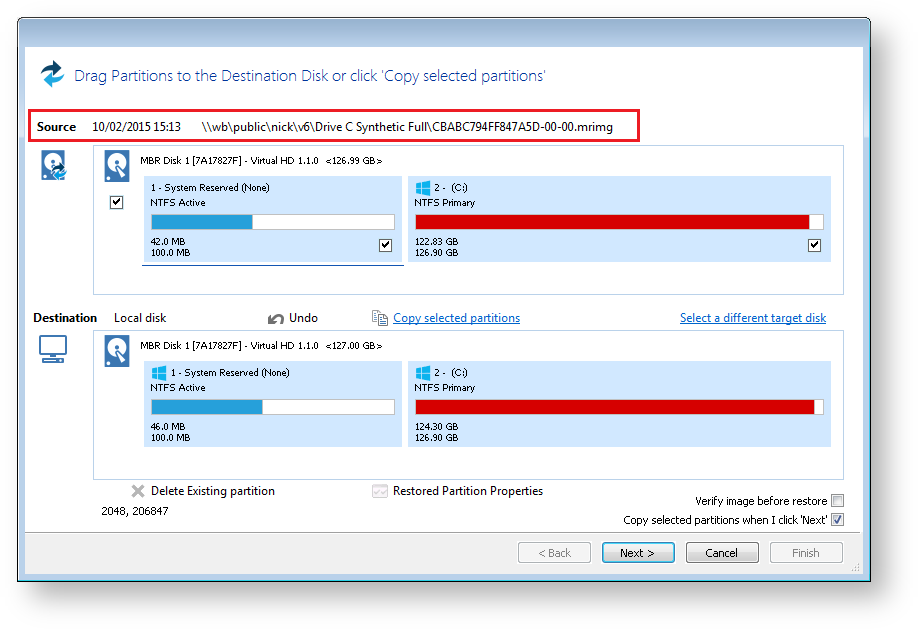Data storage devices are organised Hard disks are organized into partitions, similar to a filing cabinet, to optimize the use of space on the device. Each partition contains a small amount of error correction data, in case of a fault. Partitions are aligned to further optimize the amount of error correction data they require, maximizing the available space on the device.
...
1MB alignment. Beginning with Windows Vista/Server 2008 partitions are aligned on 1MB boundaries. For a disk with 512 bytes per sector this equates to 2048 sector alignment.
Cylinder, Head, Sector (CHS) alignment. This is the alignment used by all Windows versions, up to and including Windows XP/Server 2003. Disks are described as having sectors, heads and cylinders, typically 512 bytes per sector, 63 sectors per head and 255 heads per cylinder. A head is often referred to as a track. Partitions start on a head (or track) boundary and end on a cylinder boundary http://en.wikipedia.org/wiki/Cylinder-head-sector.
...
When you ask to restore images Macrium Reflect initially sets out to restore the partitions back to their original position on the disk. From here you can modify their destinations.
The example below restores a small 122GB partition to a new, larger 16TB disk.
To modify the restore destination:
Click Restore image.
The following dialog shows. Source shows the location of the partition on the original disk, which in this example is the location of the partition on the original disk.image file we are restoring from. The Target is the original location.
- Click Select a different target disk and select the required target disk.
- If you have partitions on the target disk which you are sure can be deleted, select each one in turn and click Delete Existing partition to create empty space.
Drag the source partition onto the destination partition.
The partition locates to the first available free area of the new disk. In this case, partition 2.
Click Restored Partition Properties.
The Partition Properties dialog appears for you to modify the size of the target partition.There are a number of things you can do here:
Modify the drive letter by selecting another from the list.
Modify and select the partition type, for example Primary, Active, Logical.
Click between the arrows < > above the disk view and drag the partition to a new size.
Fine-tune the Partition Size, Free Space and Alignment.
Click Maximum Size to configure the partition to the maximum available unallocated space on the disk, in this case about 1TB 10 TB (the size of the disk)
Click Minimum Size to configure the partition to the minimum size, in this case roughly the same as the amount of data on the disk i.e. 460MB.The minimum size is equivalent to the used space on the restored partition plus 50MB.
Click Original Size sets the partition to the same size as it was prior to backupwhen backed up.
Info Note: If the source disk is an MBR disk and the target is greater than 2TB in size then the restore process will automatically convert the disk to GPT style format.
- Click OK.




